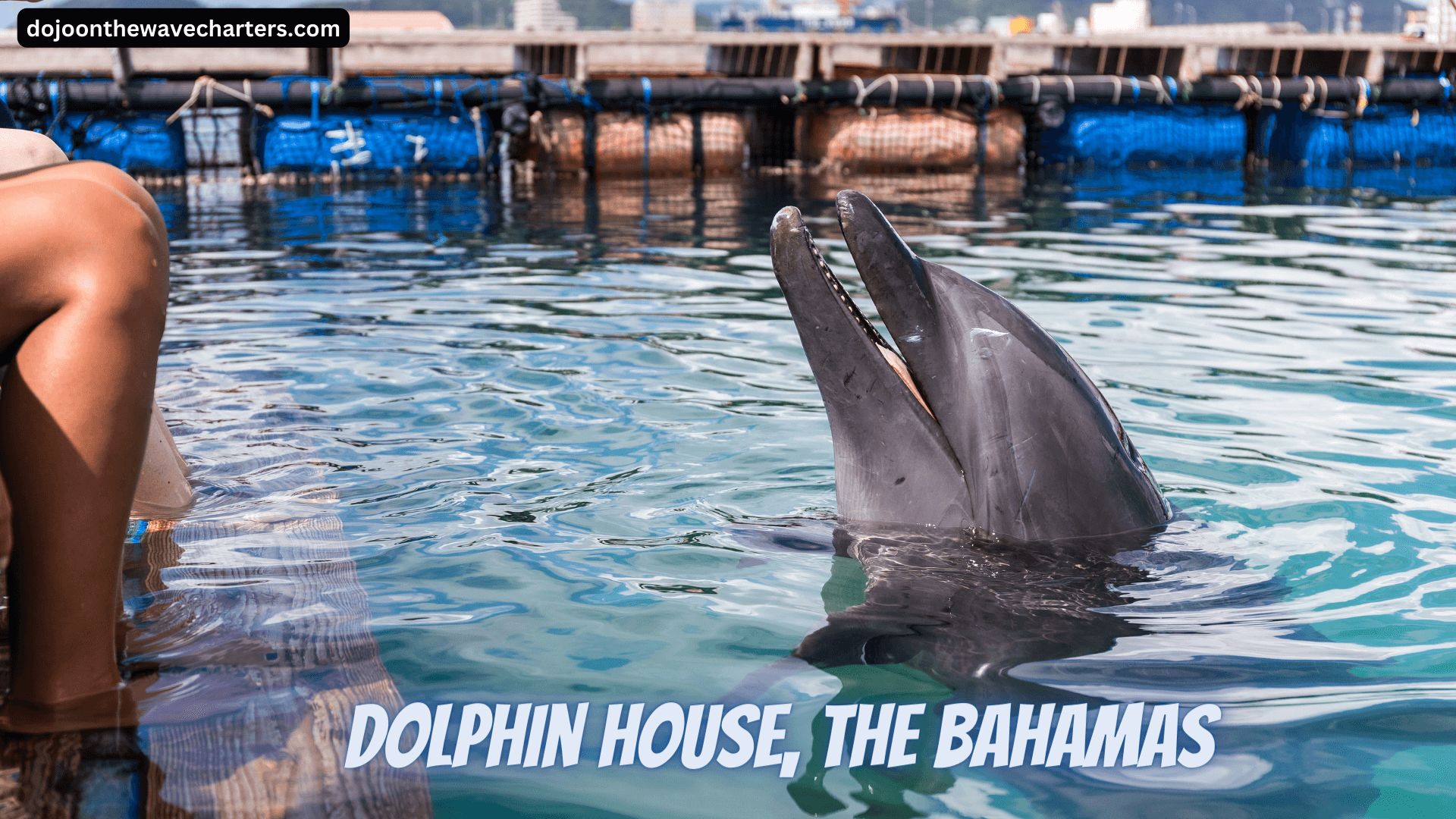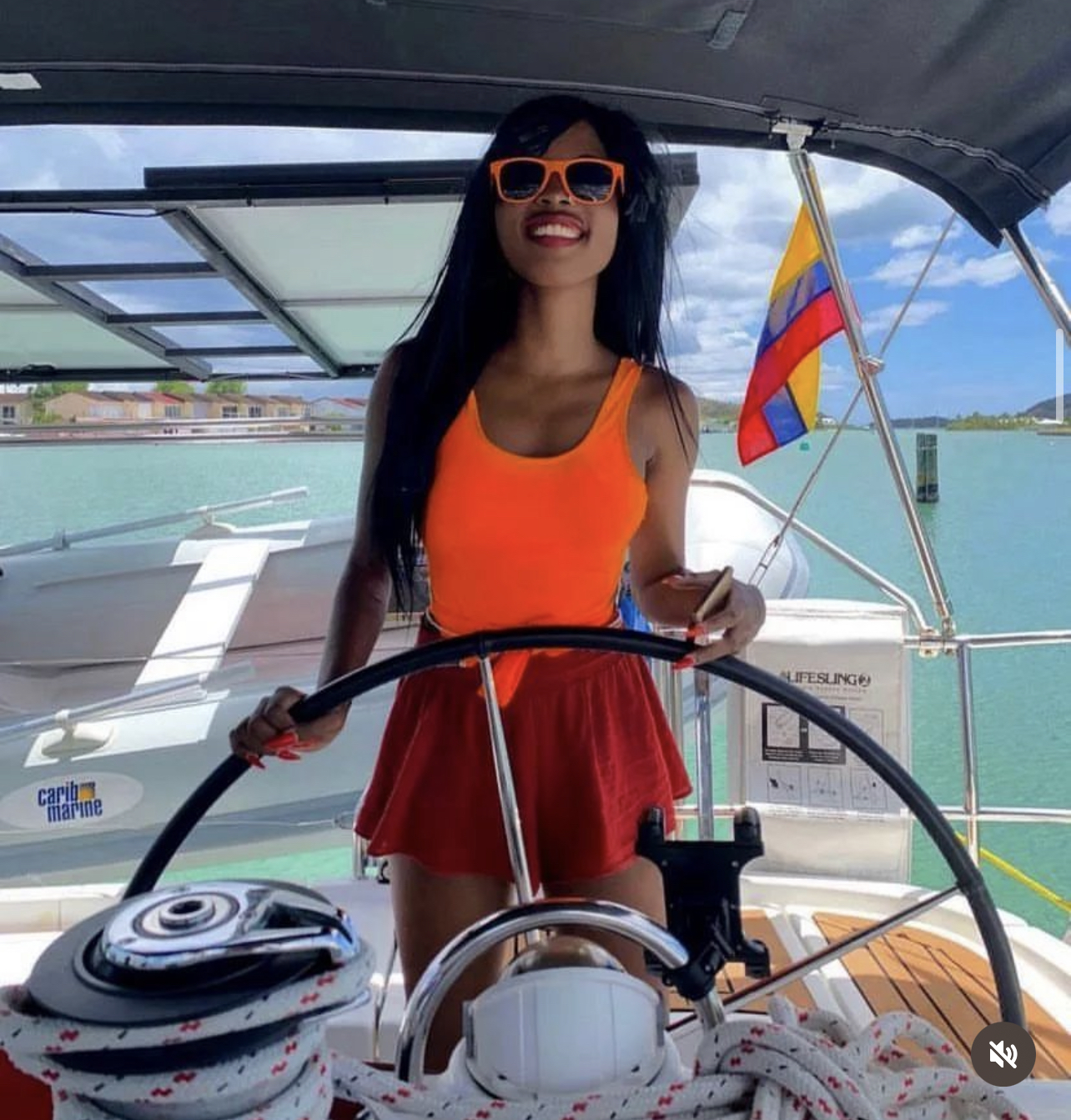
As ocean enthusiasts, anglers share a special connection to the marine world. But with many key species declining, maintaining healthy fisheries falls equally on individuals as governments or environmental groups. Adopting sustainable fishing practices like selective gear, catch limits, and habitat protection ensures our passion for fishing and seafood endures for generations.
This guide covers responsible fishing practices on individual and industrial scales. By understanding our impact on fragile marine ecosystems, we as anglers can become stewards working to preserve vibrant oceans brimming with life.
Know Your Target Species
Responsible fishing starts with understanding your target fish, their role in the environment, and current population health. Different species have different vulnerabilities. Best practices include:
- Research regulations in your state for size/catch limits and closed seasons for vulnerable species.
- Avoid excessive targeting of slow-growing, long-lived fish like sharks even if legal. Their biology makes overfishing easier.
- For popular sportfish like bass or trout, consider catch-and-release fishing to protect fish stocks.
- Help collect data by reporting tagging info or allowing scientists to examine catches.
- Support hatcheries by only harvesting naturally bred fish when possible.
Familiarizing yourself with local species helps you make choices that limit pressure on fragile populations.
Choose Selective Gear
Certain gear types are inherently destructive to marine habitats and non-targeted species. When possible, avoid:
- Dynamite or cyanide fishing which kill indiscriminately.
- Drift gill nets that entangle untargeted sharks, dolphins, and seabirds.
- Trawlers that damage seafloor communities and generate bycatch.
- Longlines that have high unintended turtle and albatross deaths.
Instead, opt for more selective techniques like:
- Circle hooks which reduce gut hooking.
- Barbless hooks that allow easier catch-and-release.
- Biodegradable or non-synthetic nets less prone to ghost fishing if lost.
- Handlining which gives greater control over what’s caught.
While no form of capture is perfect, informed gear choices greatly impact your sustainability footprint.
Practice Catch Limits
Anglers should tailor catches to what the population can support by:
- Harvesting only what you can promptly eat or preserve.
- Sticking within legal size and number limits.
- Voluntarily imposing your own limits stricter than regulations require.
- Throwing back trophy catches is important for breeding stocks.
- Participating in tag and release programs for science.
While restraint means fewer fillets for dinner, leaving fish, crabs, and other species to propagate ensures bountiful oceans for tomorrow.
Limit Bycatch and Discards
Reducing bycatch, or unintentionally caught fish, protects marine diversity. Strategies include:
- Using barbless circle hooks which unhook easily.
- Keeping gear properly maintained to minimize entanglements.
- Fishing actively, not passively leaving gear unattended.
- Releasing bycatch quickly and carefully at the capture site.
- Avoiding small mesh gillnets known to generate high bycatch.
Preventing avoidable deaths from the start helps vulnerable species survive.
Protect Sensitive Habitats
Marine ecosystems hinge on intact habitats like coral, seagrass, and kelp. Be mindful by:
- Not anchoring or grounding boats on coral reefs or sea meadows.
- Never harvest rockfish or other structure-dwellers from reefs.
- Eliminating gear contact with the seafloor by drift fishing.
- Launching and recovering vessels at designated ramps, not through habitats.
Losing critical habitats jeopardizes the fish, invertebrates, and marine mammals dependent on them. Respect fragile areas.
Apply the Precautionary Principle
When unsure if an action is sustainable, exercise caution by:
- Assuming it causes harm until scientific evidence proves otherwise.
- Recognizing a lack of data alone is not proof something is safe long-term.
- Considering cumulative impacts, as small-scale actions add up.
- Making conservative choices when facing uncertainty.
- Reversing the action if impacts emerge.
While not risk-free, cautious decision making buys time for definitive research to emerge.
Support Sustainable Seafood
Sustainability applies to commercial fisheries too. Help these efforts by:
- Choosing certified sustainable seafood like MSC or ASC.
- Learning which species’ stocks are healthy or overfished in your region such as by consulting Seafood Watch.
- Asking restaurants and markets where their seafood is sourced.
- Reducing consumption of threatened species like Atlantic Bluefin tuna.
- Trying lower-mercury species like salmon, trout, and Atlantic mackerel.
- Reporting suspiciously unlabeled seafood which may originate from poaching.
Demand for eco-friendly seafood makes sustainability profitable for fisheries invested in the future.
Prevent Invasive Transfers
Mobile anglers must take care not to transport invasive species between water bodies by:
- Removing attached aquatic plants before leaving a launch area.
- Never dumping live bait into new waters.
- Thoroughly drying boats, motors, trailers, and equipment between uses.
- Avoiding areas with known infestations like zebra mussels if possible.
Invasives can devastate native ecosystems once introduced. Stopping spread protects fisheries everywhere.
Teach Future Generations
Cultivating stewardship in younger generations preserves both fish stocks and fishing traditions. Engage kids by:
- Sharing your passion for fishing and the natural world with them.
- Emphasizing why sustainability and responsible practices matter.
- Involving them in catch limits, gear maintenance, and ethical handling.
- Focusing on recreation rather than take size. Catch-and-release teaches restraint.
- Donating unused gear to groups that introduce underprivileged kids to fishing.
Nurturing wonder and care for the oceans motivates future leaders to continue conservation efforts.
Conclusion: Fishing Practices
Healthy, vibrant fisheries rely on individual anglers making mindful choices today. While governments regulate industrial fishing, we as recreational anglers control how we fish. Selective techniques, respect for habitats, teaching future generations, and supporting sustainable practices ensures we can enjoy the transformative experience of fishing for generations. With care, our oceans continue inspiring awe and wonder.



